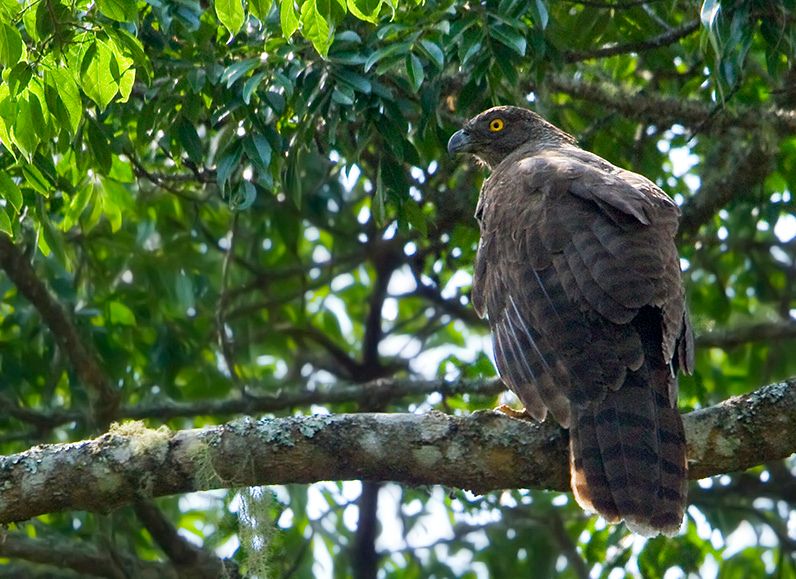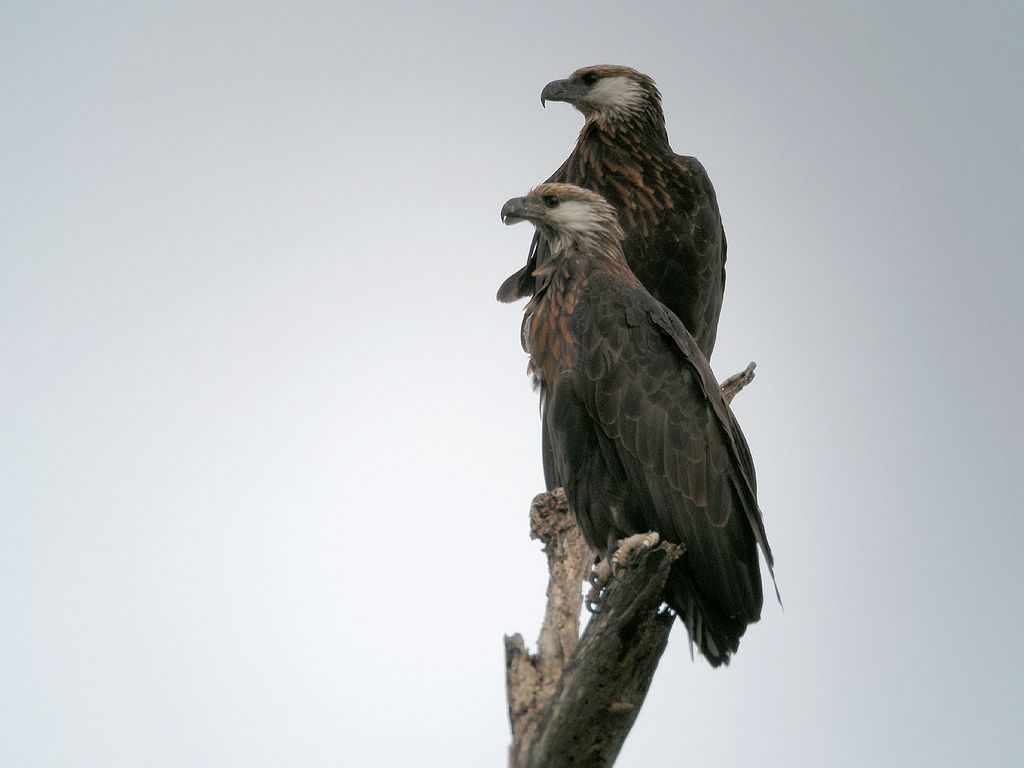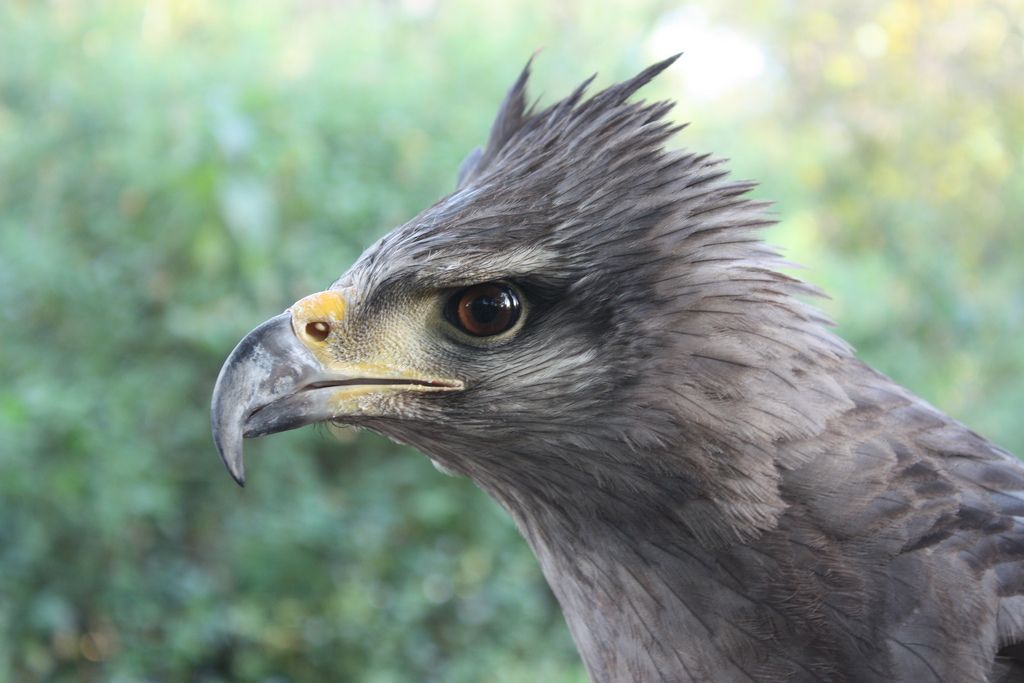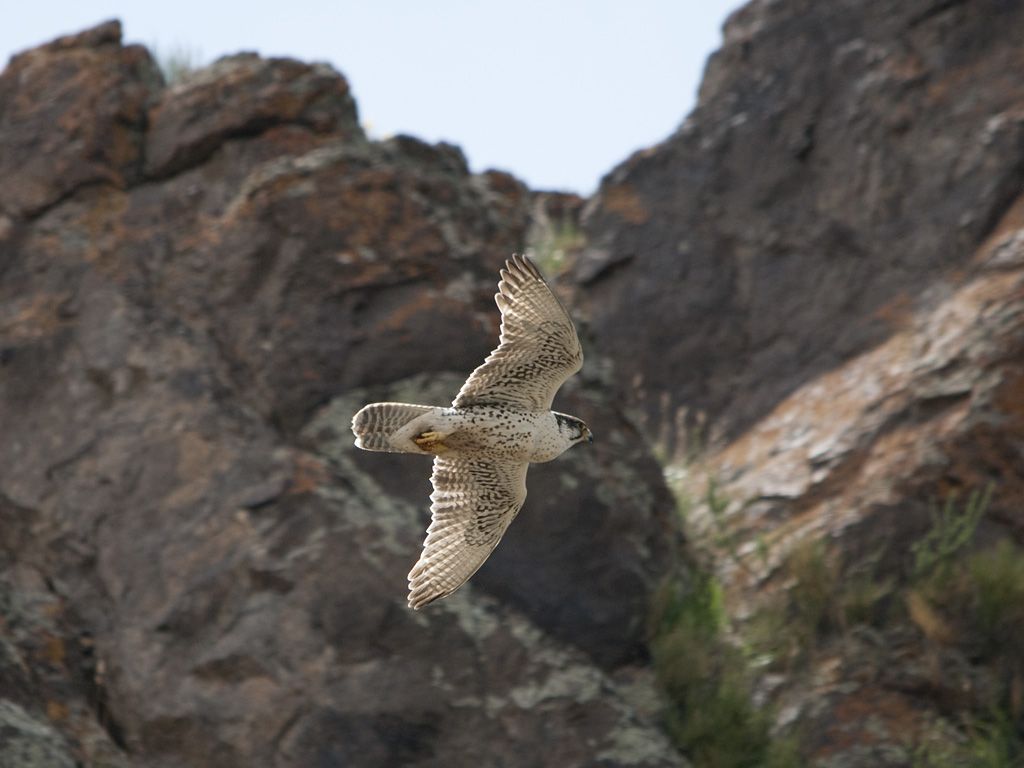Discribed in 1873 by Allan Octavian Hume in Busnah, Phooljan State, India. The Forest Owlet (Heteroglaux blewitti) is also described by other authors as Athene blewitti although it is said to be more closely related to the Glaucidium genus. It can be found in the deciduous forest of central India but recently it is only know from 12 highly fragmented areas. The first specimen to be collected was in 1866 by F. R. Blewitt, which was later described in 1873, then seen again in the wild in 1884, to go missing again until 1997 (113 years) were it was rediscovered by Pamela Rasmussen.
Description:
The Forest Owlet can reach 9" (23 cm) and has a reflectively large head. It's plumage can vary from brown to grey in color and has heavily banded wings and tail with some spotting.
Author: Dr. Tarique Sani
Habitat:
The first specimen was collected with in a dense jungle in central India, with more recent specimens being found in more open areas and slopes.
Author: Mayur Kotlikar
Diet:
In a recent study the following results were found:
60% - Lizards
15% - Rodents
2% - Birds
The rest consisting of invertebrates and frogs.































